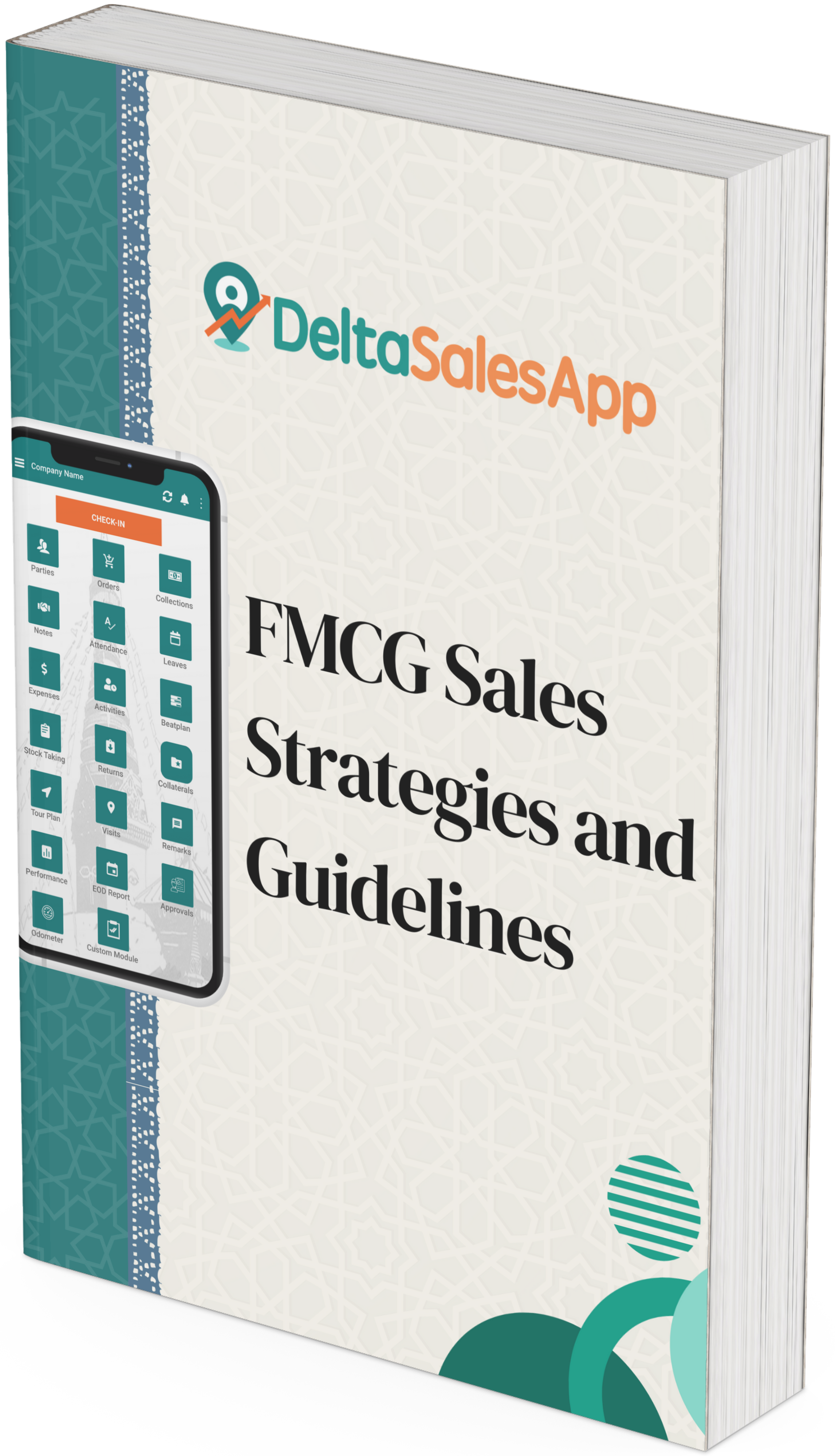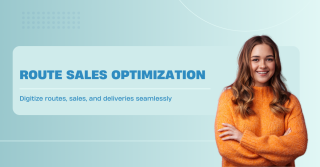2025 Retail Audit Checklist: 30 Must-Track Metrics
_1747898601.webp)
For CPG companies selling through retail channels, what happens at the shelf is where brand strategy meets reality. Retail audits are your opportunity to measure how well your products, promotions, and merchandising efforts are being executed in-store.
This guide outlines 30 critical metrics every field rep should track during each visit to ensure you're getting the most value from your retail presence—and staying ahead of the competition.
📍 Demographic & Store Context
Understand where you're selling. Knowing the environment your product is sold in helps you spot performance patterns and tailor strategies by location. Demographic data is also useful for mapping growth and analyzing market fit.
1. Store Name and Address – Log the official name and full location for accurate reporting.
2. ZIP Code and Sales Territory – Map the outlet to the assigned rep’s territory or region.
3. Neighborhood Type – Classify as urban, suburban, or rural.
4. Outlet Type – Define store format: grocery, gas station, pharmacy, convenience store, etc.
5. Economic Group of the Area – Identify whether the customer base is upper, middle, or working class.
6. General Store Condition – Evaluate cleanliness, in-store traffic, and staff presence.
📣 Why does it matter?
Understanding the store’s demographic and environmental context helps interpret sales data accurately, tailor marketing and sales strategies by location, and allocate resources effectively. It lays the foundation for meaningful insights and targeted actions.
🛒 Product Condition & Merchandising
Get visibility on how your product shows up. Retail shelves are competitive real estate. These metrics help ensure your products are well-stocked, well-placed, and visually appealing for customers.
7. Shelf Photos (Before & After Merchandising) – Document how the shelf looks before and after rep activity.
8. Backstock Inventory – Record quantities available in storage or the stockroom.
9. On-Shelf Stock Level – Measure how many units are available for purchase.
10. Product Damage – Report any damaged products or packaging issues.
11. Shelf Tag Accuracy – Check if price tags are present, accurate, and legible.
12. Planogram Compliance – Confirm alignment with the agreed planogram: position, shelf height, facings.
13. Product Location in Store – Note where the product is displayed (e.g., endcap, aisle, impulse area).
14. Adjacent Products – List neighboring SKUs to identify competitive proximity.
15. Retail Price – Capture the current price to detect inconsistencies or unauthorized changes.
16. Consumer Feedback on Products – Collect verbal or observed reactions to your product during the visit.
📣 Why does it matter?
Product condition metrics ensure your products are visible, available, and attractively presented. This directly impacts sales, customer satisfaction, and brand reputation. Proper shelf management helps prevent lost sales and boosts shopper engagement.
🎯 Trade Promotion Execution
Promotions only work if they're executed right. If you're investing in in-store promotions, it's crucial to ensure they are executed properly. These metrics help validate that trade agreements are being honored.
17. Promoted Price – Confirm promotional pricing matches what was agreed.
18. Promotional Display Stocking – Check that displays are fully stocked with your product.
19. Presence of Promotional Materials – Look for required signage, shelf talkers, stickers, or posters.
20. In-Store Product Placement (Promos) – Ensure your product appears in the agreed promotional area.
21. Circular Promotion References – Validate inclusion in store flyers, circulars, or digital ads.
22. Promo Photos – Take visual proof of the in-store promotional setup.
23. Customer Feedback on Promotions – Record any shopper opinions or interactions related to the promo.
📣 Why does it matter?
Trade promotions are a significant investment; verifying proper execution protects your marketing spend and maximizes promotional impact. Well-run promotions increase sales, enhance brand visibility, and build retailer accountability.
📊 Competitive Intelligence
Know your competition from the shelf up. Retail audits are also an opportunity to gather real-time insights on what your competitors are doing. Use this data to benchmark and improve your own strategies.
24. Competitor SKUs Present – List brands and variants currently being sold.
25. Competitor Pricing – Note down competitor product prices for comparison.
26. Promotions on Competitor Products – Identify if competitors are running deals or discounts.
27. New Competitor SKUs – Watch for newly launched items or seasonal entries.
28. Competitor Stock Level – Compare how much shelf space and stock competitors have.
29. Consumer Feedback on Competitors – Capture any opinions shared by shoppers about rival brands.
📣 Why does it matter?
Knowing what your competitors are doing in-store helps you benchmark performance, anticipate market shifts, and adjust your strategies to maintain a competitive edge.
👥 Rep Performance & Visit Summary
Optimize every field visit. Rep-level insights allow you to track field productivity, coach effectively, and ensure visit quality remains high.
30. Time In and Out / Store Visit Duration – Record when reps enter and leave to assess visit duration and efficiency.
📣 Why does it matter?
Tracking rep visits helps optimize route planning, monitor field productivity, and ensure high-quality store interactions, all of which improve operational efficiency and ROI.
✅ Final Takeaway: Retail Audits That Drive Action
Consistent retail audits unlock the insights needed to sharpen your in-store execution and stay ahead of competitors. Tracking these key metrics empowers your team to optimize product placement, promotions, and performance, driving sales and growth every step of the way.
❓ FAQs: Retail Audit Best Practices
Q1: How often should retail audits be conducted?
A: This depends on your product category and store velocity. High-volume outlets may need weekly audits, while others may be fine with monthly visits.
Q2: Should all reps follow the same checklist?
A: Yes, consistency is key. A standardized checklist ensures uniform data collection and allows for easier comparison across outlets and territories.
Q3: How can this data be used effectively?
A: Retail audit data supports merchandising decisions, promotional planning, rep coaching, and competitive strategy. It should also feed into your CRM or analytics dashboard for deeper insights.
Q4: What tools should be used to capture this data?
A: Use mobile-friendly audit software that allows photo uploads, real-time syncing, and offline access. Digital tools reduce human error and centralize reporting.
Q5: What’s the ROI of conducting detailed retail audits?
A: A well-executed audit program helps reduce out-of-stocks, improve planogram compliance, catch promotion issues early, and drive more sales per visit, delivering substantial ROI over time.
Explore More
👉 Top Field Team Insights for Better Retail Execution
👉 Data-Driven Strategies: The Key To Retail Success In 2025
🗣️ What Users Are Saying About Us!
Discover how real users benefit from Delta Sales App!









